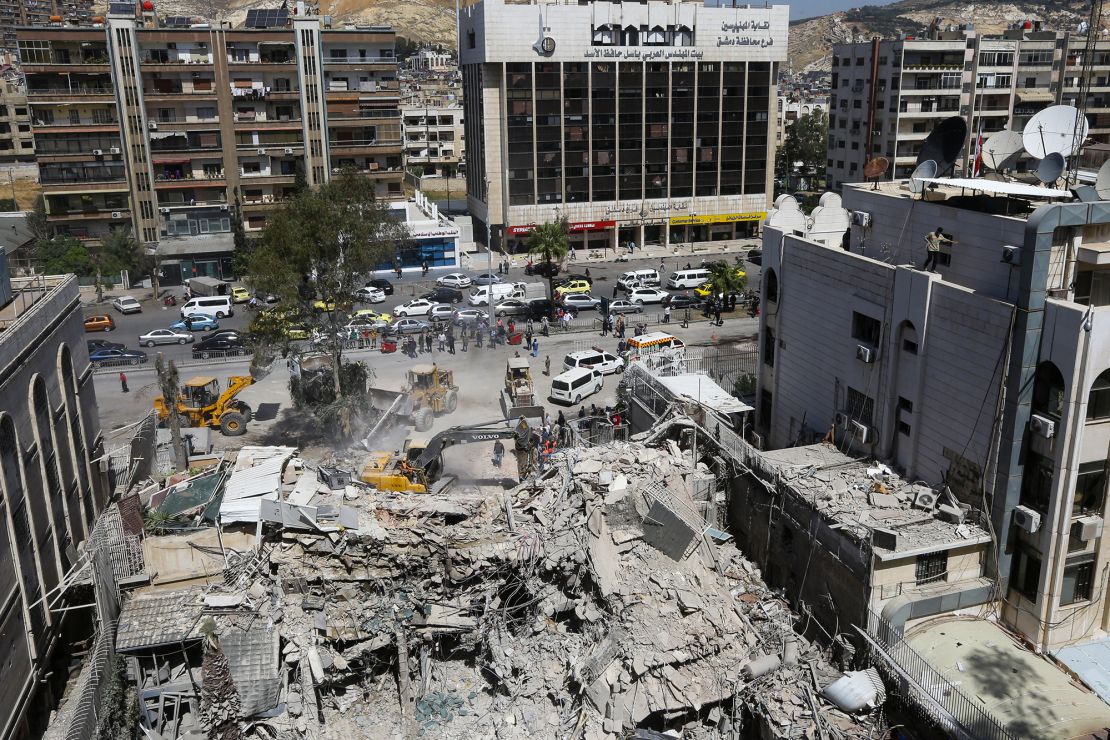Israel spent approximately $5 billion in the first week of strikes on Iran, with daily war costs hitting $725 million — $593 million for offensive operations and $132 million for defence and mobilisation. Eliminating Iran as a nuclear and regional threat would significantly lower Israel’s geopolitical risk, with knock-on benefits for the economy and society. However, this looks implausible, even with likely US involvement. The Three Dramatic Consequences of Israel’s Attack on Iran Great battles, won or lost, change the entire course of events. By Eliot A. In early June 2025, Israel launched a dramatic air campaign — dubbed Operation “Rising Lion” — striking nuclear and military installations deep in Iran . The immediate aftermath of this unprecedented strike sent shockwaves through global diplomacy, security planning, markets, and domestic politics on both sides. A compilation of analyses on the military and nuclear impact of Israel’s initial strikes, Tehran’s response options, the Trump administration’s next steps, public reactions inside Iran , and more. In its April 19 attack on Iran , Israel avoided further escalation, while also threatening Iran's most sensitive locations. New CSIS analysis shows how it walked the tightrope. Israel ' s conflict with Iran is proving costly , with daily expenditures potentially exceeding $200 million for missile interceptions alone. Experts estimate rebuilding from Iranian strikes could cost at least $400 million. U.S.- Iran relations expert says Trump coordinated with Israel to strike Iran People look over damage to buildings following Israeli airstrikes on June 13, 2025 in Tehran, Iran . The precise nature of the Israel Defense Forces (IDF) strikes into Iran on October 25 has obscured the significant damage inflicted on critical Iranian military infrastructure.
Are We Underestimating Iran's Cyber Threat to Israel?
Generated: 2025-07-04T08:39:00.214860
Airstrike on Iran: Will This Spark a Regional Nuclear Arms Race?
